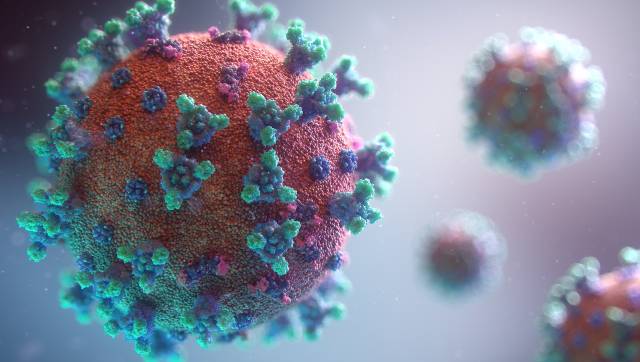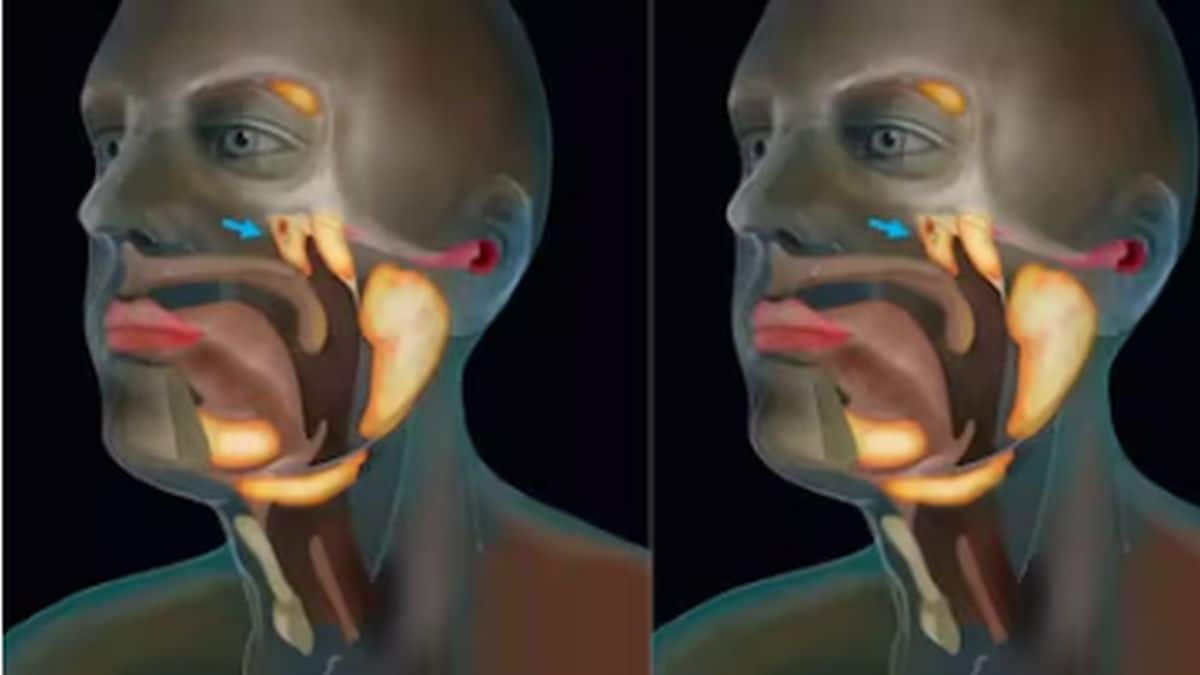COVID-19 showed up late in 2019. Since the virus is new to humans, there has been a lot of speculation about how it came to be. While scientists have been studying the viral genome to find out more about it, it has been suggested that the virus jumped from an animal into humans. There have also been theories about it being made in a lab even though studies point towards its origin being natural and not man-made. Last month, the World Health Assembly passed a resolution to look into the origins of the virus. Now, a group of scientists at the University of Calgary, Canada, say that the COVID-19 causing virus (SARS-CoV-2) may have been circulating amongst the human population since at least 2013, though not the same variant that is responsible for the current pandemic. The findings of the study are currently available in the preprint server Biorxiv and the study hasn’t been peer-reviewed yet. The paper also looks into the possible origins of SARS-CoV-2 and how much of a role ACE-2 receptors play in the infectivity (ability to infect) of the virus. A story of evolution To be able to survive, viruses keep on evolving with their host organism. A new viral pathogen usually emerges when a virus jumps hosts — from animals to human for example. So, even if the virus was causing mild or no disease in the original animal host, it could be highly infectious/virulent in humans. In the case of coronaviruses, it has been found that the viruses live inside bats without causing much damage because the immune system of bats has evolved to keep the virus in check. But the same is not the case with humans. As a result, we are susceptible to falling sick. The study The study examines the current variant of the spike protein of SARS-CoV-2 and how strongly it binds to the ACE-2 receptor in humans (hACE-2). The binding between the spike protein of the novel coronavirus and the ACE-2 receptors on body cells is what helps the virus enter into healthy cells. For the study, the researchers at the University of Calgary looked into about 479 genome sequences of the novel coronavirus collected between 30 December, 2019, and 20 March, 2020, to understand its phylogeny — meaning the evolutionary development of the virus and relation to other closely related viruses. Out of all the genomes, the researchers found about 16 variants of the virus and about 11 missense mutations (where a single nucleotide change makes the DNA/RNA to code for a different protein) in more than 5 percent infections, each making their own phylogenetic tree. Another one of their initial findings was the similarities with the bat and pangolin coronavirus. The genome of SARS-CoV-2 has been found to have at least 96% similarity to a bat coronavirus — RaTG13 — and about 90% to a pangolin coronavirus (Pangolin-CoV). It was previously suggested that the current virus is a combination of both these viruses that got created due to a co-infection in a host. To study the origins, the researchers tried to create the ancestral sequence of the receptor-binding domain of the spike protein of SARS-CoV-2. Receptor binding domain is the part of the spike protein that actually identifies and binds with the ACE-2 receptors. They created a common ancestral RBD sequence for all SARS-COV-2 viruses and labelled it N1 and its common ancestor with the closest animal virus — labelled N0 (N-Zero). Here is what they discovered:
- The N1 sequence was the same as that of the reference sequence from the SARS-CoV-2 virus, as expected, while the N0 sequence was unique, pointing to the unique origin of the virus.
- The two RNA/DNA sequences only differ at four positions.
- The ancestral sequence gave rise to various descendants and the RaTG13 is one of the the closest relatives of the SARS-COV-2 virus. Since the RaTG13 was found around 2013, the original ancestor of the COVID-19 causing virus must have been around at that time as well.
- Interestingly, the earlier variants of the virus bound much more strongly to hACE2 than the recent one.
Conclusion The study suggested that the binding affinity of SARS-CoV-2 may not be a determinant of its infectivity. There must have been some other changes that caused the viral infectivity to increase in humans. Also, it is possible that the ancestor of the virus could have been infecting humans for a while but with fewer symptoms. For more information, read our article on COVID-19. Health articles in Firstpost are written by myUpchar.com, India’s first and biggest resource for verified medical information. At myUpchar, researchers and journalists work with doctors to bring you information on all things health.


)

)
)
)
)
)
)
)
)



